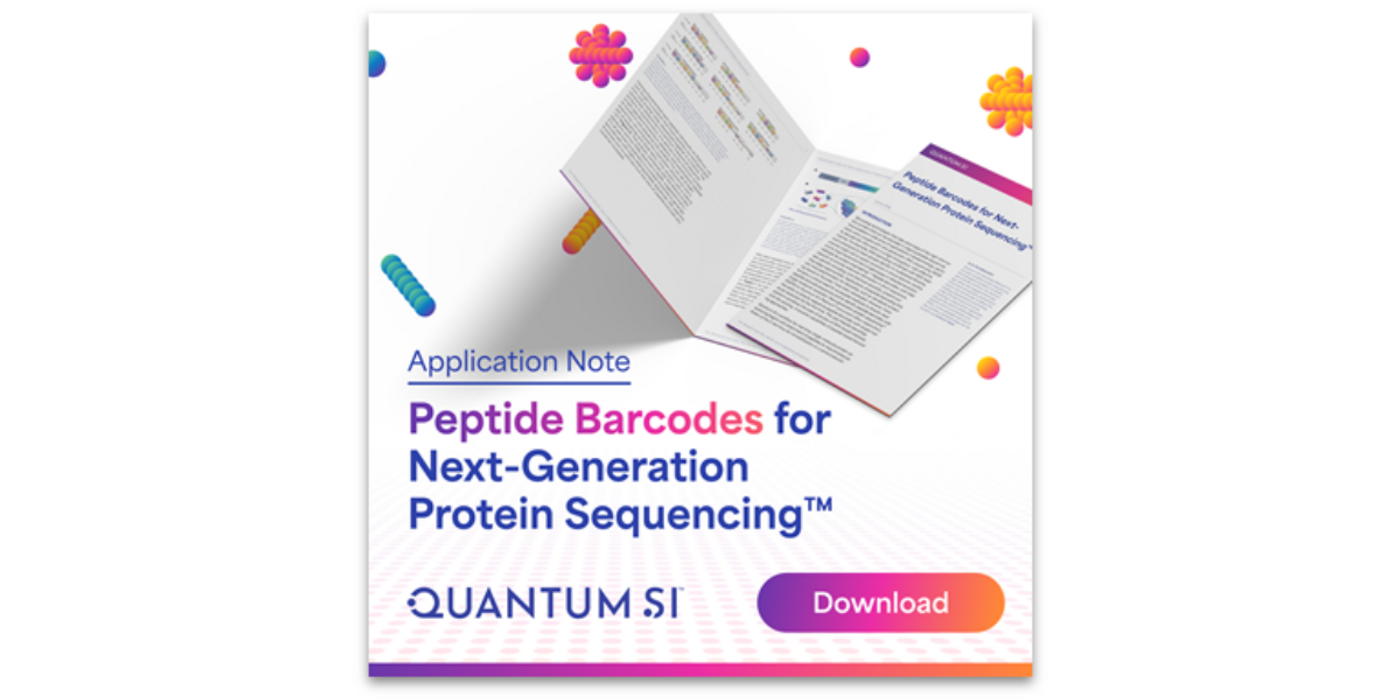
Earth & The Environment
Melting Ice, Murky Waters: Understanding Arctic Ocean Changes
Barcoding technologies that take advantage of the high information content that can be encoded in oligonucleotide sequences have enabled a wide array of applications in biotechnology, particularly when coupled with next-generation DNA sequencing (NGS) to decode this information in a high-throughput, cost-effective manner. For example, DNA barcoding combined with NGS read-out is employed to track sample identity in multiplexed libraries, provide single-cell or spatial resolution in transcriptomic studies, and to track the enrichment of genotypes in directed evolution methods for protein engineering.1–3 Peptide barcodes, with their capacity to encode extensive information in short sequences, easy genetic encoding, and chemical versatility, present cutting-edge opportunities. Applications of peptide barcoding that use mass spectrometry for decoding, such as nanobody screening based on flycodes,4 have been developed. However, there remains a critical need for accessible methods to directly read peptide barcode sequences and to identify peptide barcodes with single-molecule resolution. Next-generation protein sequencing™ (NGPS) on Quantum-Si's Platinum® instrument offers researchers the ability to directly sequence peptide barcodes with single-molecule resolution for the first time. This user-friendly benchtop platform combines the ease-of-access of DNA-based methods with the exciting, innovative capabilities of peptide-based barcoding approaches.
Explore Quantum-Si’s application note for criteria on peptide barcode design, library generation methods, and practical examples of how peptide barcodes revolutionize protein screening, including a 300-fold enrichment in nanobody abundance after positive selection using peptide barcodes.
References: